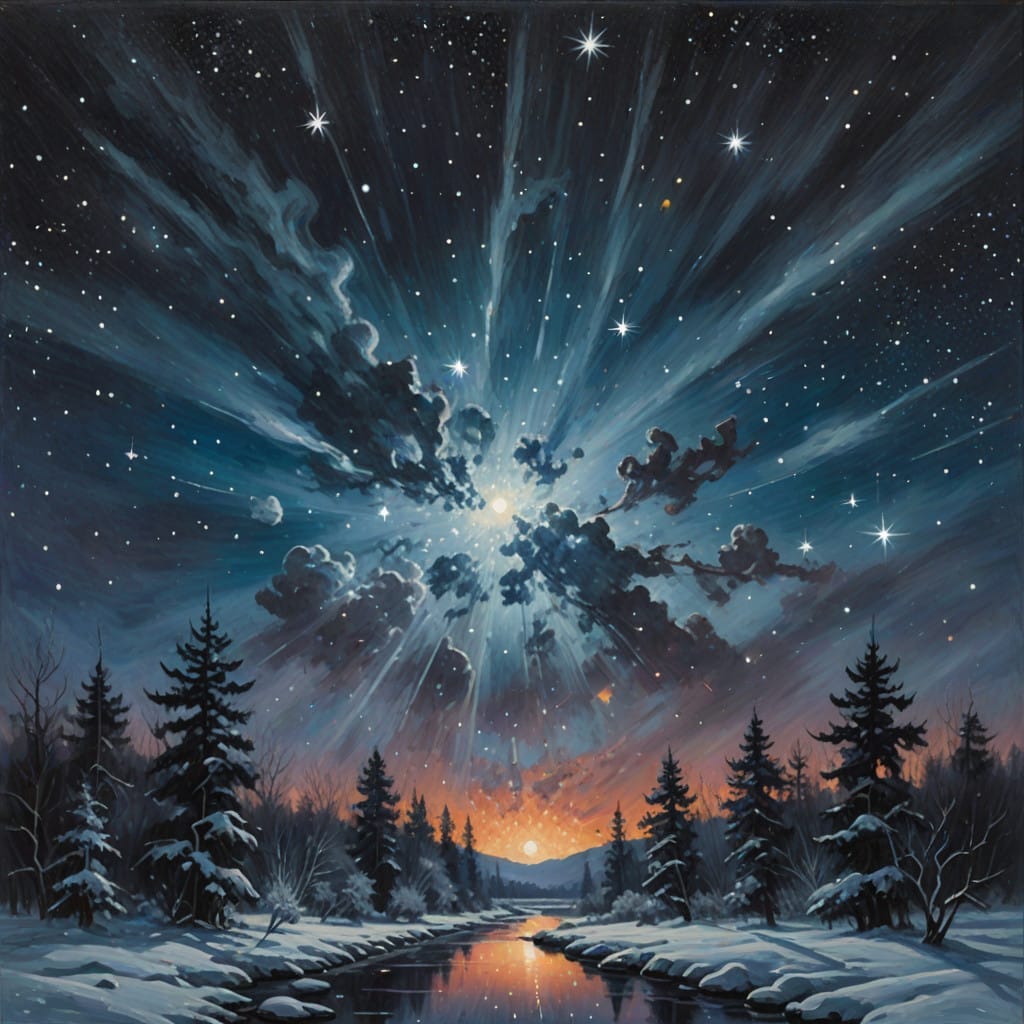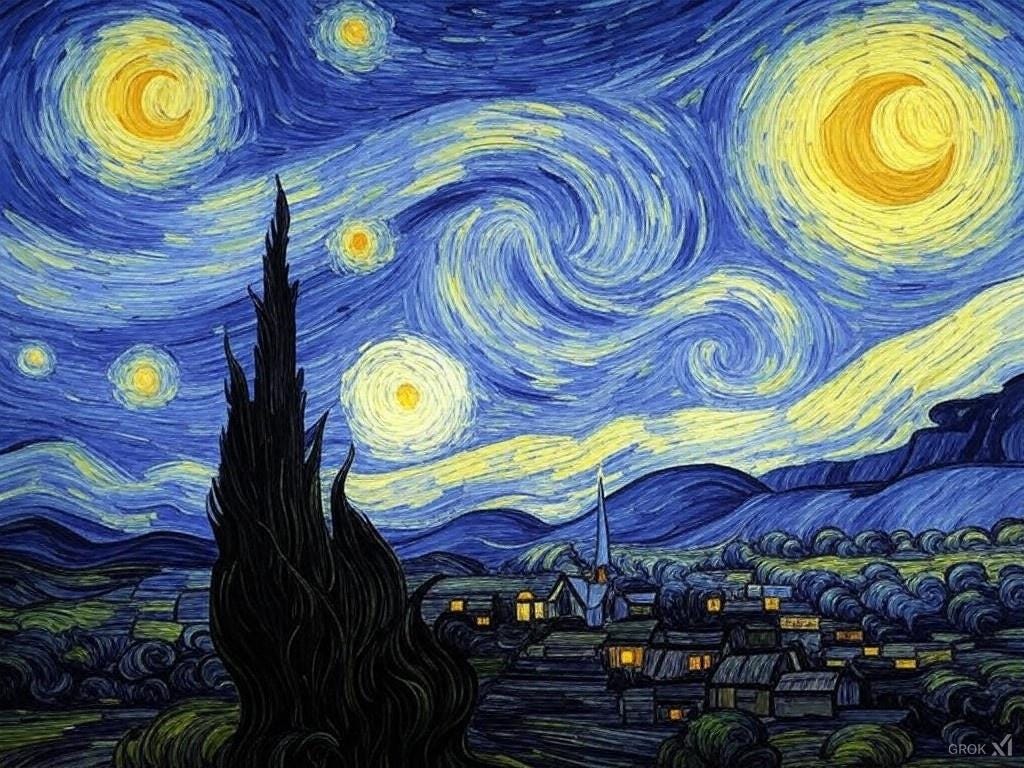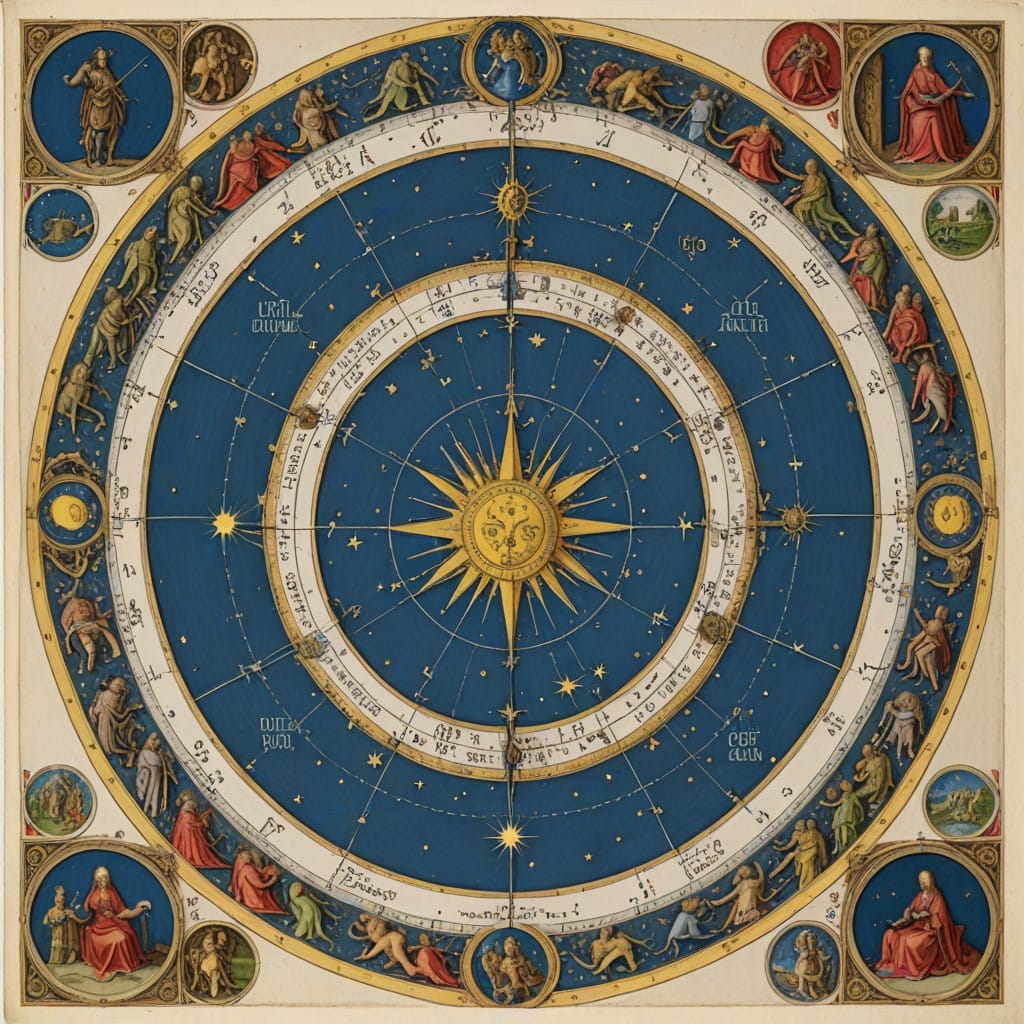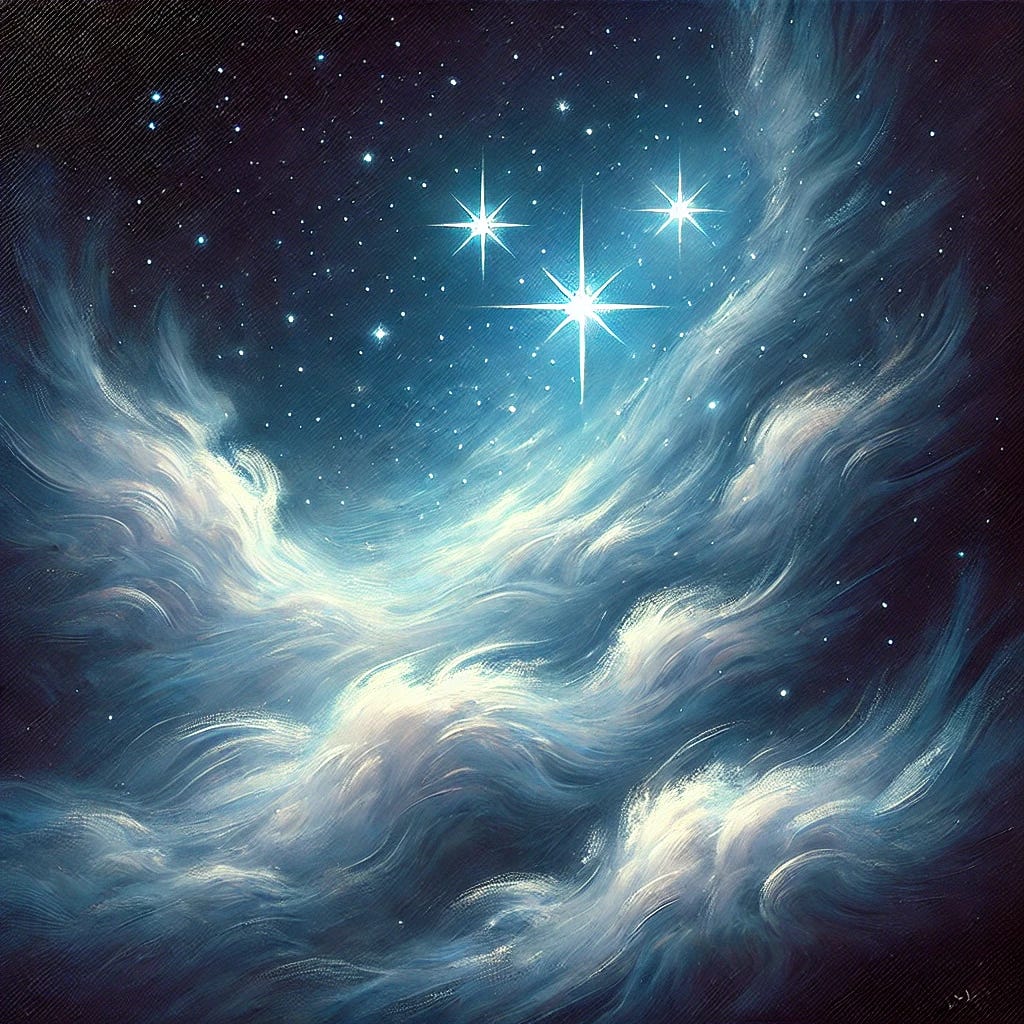
Ever looked up at the night sky and thought, “Wow, that’s a lot of dots. What’s the deal with them?” Welcome to the world of constellations — those celestial connect-the-dots that humans have been pondering (and naming) for millennia. Let’s explore their myths, movements, and the surprising careers they’ve inspired.
Major Constellations and Their Mythical Roots
There are 88 officially recognized constellations, but a few superstars steal the show. Orion the Hunter, Ursa Major (the Big Bear), and Cassiopeia (a queen with an iconic W-shaped throne) are among the most famous. These star patterns often tell ancient stories — Orion, for example, is a Greek myth about a hunter who was turned into a starry figure after some messy encounters with gods and scorpions. Why mythology? Early humans loved weaving tales to make sense of the chaos above. Stories were easier to pass down than dry astronomy lectures.
Spotting Constellations from Tampa Bay, Florida
Good news for Floridians: Tampa Bay’s relatively low light pollution makes it a solid stargazing spot. To see Orion, look southeast during winter evenings. His belt — three bright stars in a row — is unmistakable. In summer, Scorpius crawls across the southern sky, while Ursa Major (home to the Big Dipper) is visible year-round, helping you find the North Star. A stargazing app can be your best friend for identifying these celestial characters.

Who Named These Starry Patterns?
Credit goes to the International Astronomical Union (IAU), which formalized constellation names in 1922. Before that, ancient Greeks, Babylonians, and other cultures had their own interpretations. Thankfully, we’re no longer arguing about whether Orion is a hunter or, say, a giraffe with attitude.
Do Names Ever Change?
Not really. The IAU keeps things consistent to avoid cosmic confusion. So, unless someone discovers an entirely new star pattern that looks suspiciously like a TikTok logo, the names are set in stone… or starlight.
Do Constellations Move?
Sort of. While the stars themselves shift over millennia due to a phenomenon called stellar drift, the changes are so slow they’re imperceptible within a human lifetime. However, Earth’s rotation and orbit make constellations appear to move across the sky nightly and seasonally.

Star vs. Planet vs. Satellite: The Cheat Sheet
- Stars twinkle because their light passes through Earth’s atmosphere.
- Planets shine steadily and often appear brighter.
- Satellites, including the International Space Station, move quickly across the sky and don’t twinkle. (Bonus: Catch the ISS with a simple Google search for its schedule.)
Closest Constellations to Earth
Technically, constellations aren’t physical objects but patterns. The stars in them vary widely in distance. That said, Alpha Centauri, part of the Southern Hemisphere’s Centaurus, is the closest star system to us at about 4.37 light-years away.
Famous Art Inspired by Constellations

Van Gogh’s Starry Night isn’t a literal constellation map, but it captures the wonder of the night sky. Other works, like Albrecht Dürer’s celestial charts from the Renaissance, depict constellations with artistic flair. Modern art also draws on cosmic themes — think abstract star maps or constellation tattoos.

Careers in Constellation Study
Professionals studying constellations include astronomers, astrophysicists, and planetarium educators. Salaries range from $60,000 to over $100,000 annually, depending on expertise and role. It’s not a bad gig if you love mixing math with stardust.
Are Telescopes Worth It for Constellations?
Not really. Constellations are best enjoyed with the naked eye or binoculars. Telescopes zoom in on individual stars or celestial objects, which is great for seeing Jupiter’s moons but less helpful for appreciating Orion’s full majesty. They can, however, reveal star clusters or nebulae hidden within constellations, adding a bonus layer of awe.
Fun Tidbits to Amaze Your Friends
- The word “constellation” comes from the Latin “constellatio,” meaning “set of stars.”
- Ancient Polynesians used constellations for navigation, mapping vast stretches of ocean without GPS.
- Some stars in a constellation aren’t even close to each other; they just look grouped from our Earthly vantage point.
Your Turn: What’s Your Favorite Constellation?
Now that you’re armed with cosmic trivia, head outside and find your favorite constellation. Got questions or a celestial story to share? Drop a comment and let’s geek out about the stars together. Don’t forget to follow for more adventures into the universe — and beyond!

AI Art Prompt: An impressionist painting of Orion’s Belt shining brightly in a deep navy sky, surrounded by faint stars and wisps of cosmic clouds, evoking the wonder of winter stargazing.